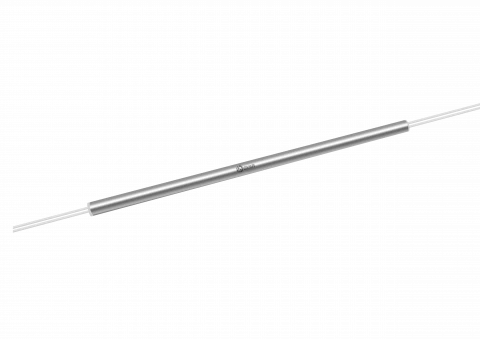Description
The GKER Photonics 976/1064 nm Polarization Maintaining Fused Wavelength Division Multiplexer (GK-PMWDM Series) is a cutting-edge optical device designed for precise wavelength management. Utilizing advanced fused fiber technology, this multiplexer efficiently combines or separates light at the critical wavelengths of 976 nm and 1064 nm. It delivers exceptional performance with minimal insertion loss, ensuring that signal integrity is maintained across a wide range of applications.
Engineered for superior polarization maintenance, the GK-PMWDM Series features high extinction ratios, making it ideal for applications requiring stringent performance criteria. The multiplexer boasts high isolation and excellent environmental stability, making it well-suited for both laboratory and field use. Its robust design supports operation in both fast and slow polarization axes, providing flexibility in various optical systems. The device also offers high power handling capabilities, up to 2 watts of continuous optical power, and operates reliably across a broad temperature range from -5°C to +70°C.
Perfect for use in telecommunications networks, laser systems, optical instrumentation, and research applications, this multiplexer ensures reliable performance and durability in demanding environments.
976/1064 nm Polarization Maintaining Fused Wavelength Division Multiplexer
Specifications
| Operating Wavelength: | 1064 nm |
|---|---|
| Operating Bandwidth: | Not Specified |
| Isolation (min): | 15 dB |
| Max Power Handling: | 2 W |
| Polarization Maintaining: | Yes |
| Longer Operating Wavelength: | 1064 ± 2, or specified nm |
| Max. Insertion Loss: | 0.5 dB |
| Min. Isolation: | 15 dB |
| Min. PER: | 17 dB |
| Shorter Operating Wavelength: | 976 ± 2, or specified nm |
| Max. Insertion Loss: | 0.5 dB |
| Min. Isolation: | 15 dB |
| Min. PER: | 17 dB |
| Thermal Stability: | ≤ 0.005 dB/℃ |
| Min. Return Loss: | 55 dB |
| Min. Directivity: | 55 dB |
| Max. Optical Power (Continuous Wave): | 2 W |
| Fiber Type: | PM Panda Fiber - |
| Operating Temperature: | - 5 to + 70 ℃ |
| Storage Temperature: | - 40 to + 85 ℃ |
Features
- Minimal Insertion Loss: Maximum insertion loss of 0.5 dB ensures efficient signal transmission
- High Extinction Ratio: Achieves a minimum extinction ratio of 17 dB for superior performance
- Excellent Isolation: Provides a minimum isolation of 15 dB to minimize signal interference
- Thermal Stability: Maintains stability with a thermal variation of ≤ 0.005 dB/°C
- High Power Handling: Supports up to 2 W of continuous optical power for demanding applications
- Environmental Resilience: Operates effectively within a temperature range of -5°C to +70°C
Applications
- Telecommunications Networks: Facilitates efficient wavelength division in optical communication systems
- Laser Systems: Enhances wavelength management in laser applications, improving system performance
- Optical Instrumentation: Reliable for precision optical measurement and analysis
- Research and Development: Supports various experimental setups requiring high stability and low loss
Frequently Asked Questions
What wavelengths does this multiplexer handle?
What is the maximum insertion loss?
What is the minimum isolation provided?
What is the minimum polarization extinction ratio (PER)?
What is the maximum optical power it can handle?
What is the thermal stability of this device?
What is the operating temperature range?
What is the storage temperature range?
What type of fiber is used in this multiplexer?
Are there specific connector types available?
Similar Products

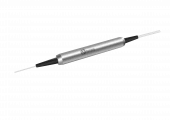
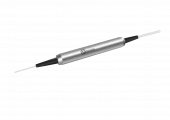

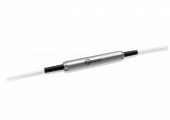


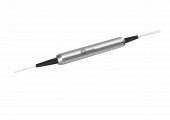
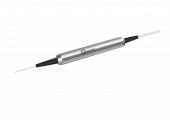
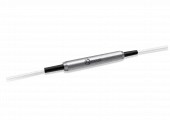
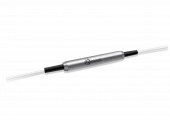

Your inquiry has been received.
Create an account by adding a password
Why create an account?
- Auto-complete inquiry forms
- View and manage all your past messages
- Save products to your favorites
- Close your account anytime — no hassle
